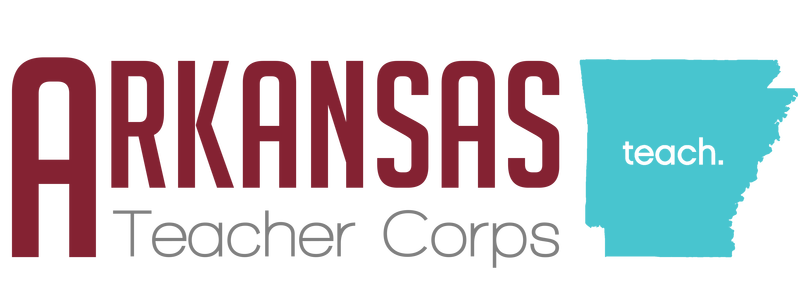This past Sunday was the 32nd celebration of the annual National Coming Out Day. It was first celebrated in the U.S. on the one-year anniversary of the 1987 National March on Washington for Lesbian and Gay Rights, believing that a life out and proud could counteract the silence and ignorance that allows homophobia to flourish.
For many LGBTQ+ people (myself included), coming out can be a terrifying prospect. While we celebrate those who are bravely living their authentic selves publically, we must also remember that it is not always safe to do so – and remember that there is no one way to live life as an LGBTQ+ individual.
While I’m now comfortable sharing about myself as an openly gay cis man, that has not always been the case; in fact, I spent 13 years of my life denying the truth to myself and going to great lengths to keep it hidden from everyone else. For those 13 years, my biggest fear was coming out (or more accurately, being found out). Growing up in a small farming town of 939 people with at least 6 churches, I knew if anyone found out my secret I would be shunned and condemned as a freak, pervert, and/or abomination (much less the more colorful F word).
I can remember being uncomfortable with the idea of “having a little girlfriend” (as adults would often joke) as early as 2nd grade, before experiencing my first crush on a boy in 5th grade. At the age of 9 or 10, I knew I was interested in him as more than a friend, and I knew that I would never be able to act on it. And, it’s no surprise that a kid in the 90s would get that impression – the Supreme Court found in 1986 that it was constitutional to criminalize private, consensual homosexual activity, and an overwhelmingly conservative Congress passed the Defense of Marriage Act (DOMA) in 1996. DOMA defined marriage as one man/one woman and allowed states to ban same-sex marriage.
I realized there was a closet at the age of 10 and stayed in it until after finishing my first year teaching at the age of 23, the same year that SCOTUS overturned the section of DOMA that prevented federal recognition of same-sex marriages. For most of my life, I had heard nothing but disparaging remarks about LGBTQ+ folks and had never had any LGBTQ+ individual in my life to serve as a role-model. Above and beyond discrimination, this had caused me to legitimately fear that I was an intrinsically “bad person” just for being gay (Take a second and think about all those Disney villains that replicate various stereotypes about queer people).
It wasn’t until I heard the highest court in the nation proclaim that even gay people were deserving of the same rights and protections as straight people that I actually started to believe in my own worth as a gay man. And, ultimately, that self-worth helped me build the courage I needed to accept myself and come out to my friends/family over the next year.
But coming out isn’t just a one-time event – it is ongoing and never-ending. In every interaction with a new person, I must carefully decide whether to share that part of myself, and if so to what extent and in what ways. One careless remark can lead to trouble personally and professionally; share too much with the wrong person and you can quickly find your safety and security in jeopardy.
According to the FBI, LGBTQ+ individuals make up only 4.5% of the U.S. population but account for 18.5% of all reported hate crimes (compared to Black Americans who make up 13.4% of the population and 26% of reported hate crimes). Furthermore, while most people are familiar with the story of Matthew Shepard found beaten, tortured, and left tied to a fence to die 22 years ago this week, it is transgender and gender non-conforming people of color who suffer most disproportionately; according the Human Rights Campaign, 85% of targets of transphobic violence since 2013 have been people of color.
Rather than “coming out”, I like to think about it as “inviting in”. I hold my truth close in order to protect myself, and I’m completely comfortable not sharing that part of myself with the majority of people I meet. I will not divulge that information if I don’t trust you or if I suspect you have nefarious motives; when I choose to share, I am making a conscious decision to trust you with my truth, and it is ultimately an invitation for you to get to know me better and be a part of my life in some way.
The expectation that all LGTBQ+ folks reveal the deepest parts of themselves only serves to benefit a heteronormative society that considers straightness the default until told otherwise. While that ambiguity may make many straight people uncomfortable, it is an act of violence to out an LGBTQ+ person without their consent or to require them to out themselves as a prerequisite for your support.
Instead, I challenge you to build authentic, trusting relationships so that the LBTQ+ folks in your life feel more comfortable inviting you in. For your students, it may make the difference between accepting themselves as they are, living 13 years in fear and isolation like me, or attempting suicide like the 1.2 million LGBTQ+ students aged 13-18 who seriously consider it every year.
Check out the GLSEN Safe Space Kit for more information and resources on being an ally to LGBTQ+ students, or these HRC Coming Out Resources if you’ve found yourself struggling to share your truth with others. Please also feel free to reach out to me directly at blucius@uark.edu if you would like to hear more about my experiences or my advice on supporting LGBTQ+ students.
In solidarity,
Brandon

